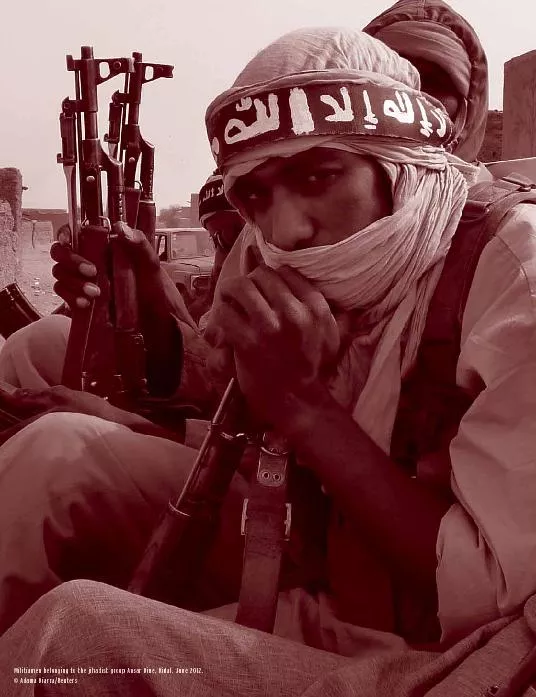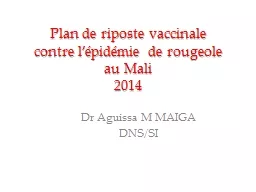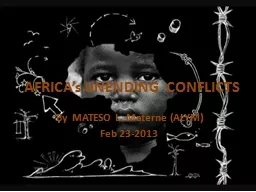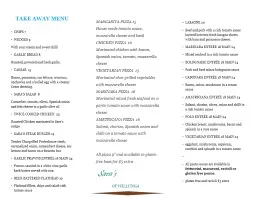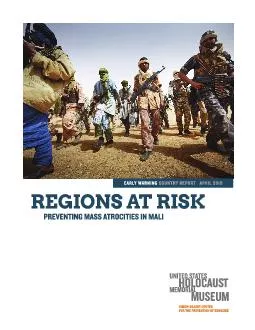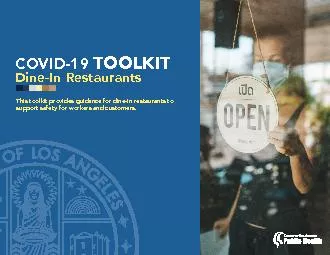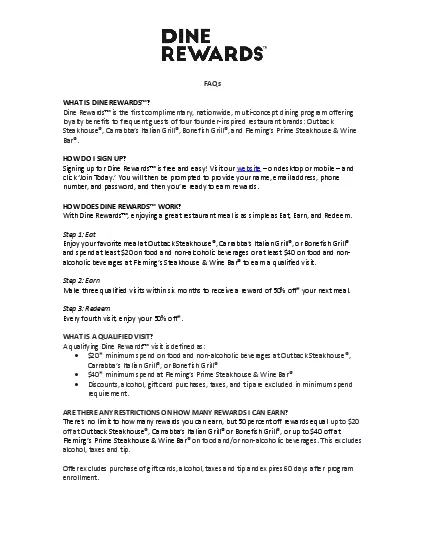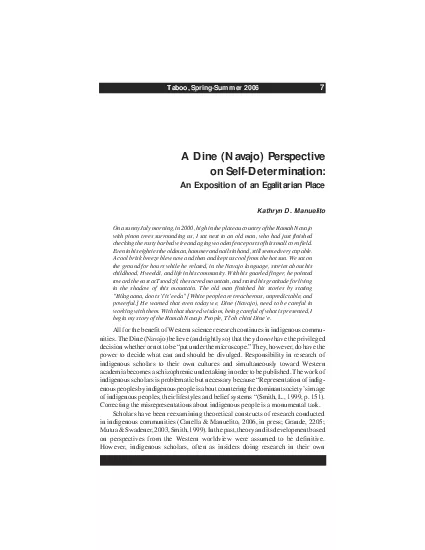PDF-Militiamen belonging to the jihadist group Ansar Dine, Kidal, June 201
Author : tatiana-dople | Published Date : 2016-06-26
Expanding Arsenals Armed violence persisted in northern Mali throughout 2014 although the government and secessionist rebel groups had signed a preliminary peace
Presentation Embed Code
Download Presentation
Download Presentation The PPT/PDF document "Militiamen belonging to the jihadist gro..." is the property of its rightful owner. Permission is granted to download and print the materials on this website for personal, non-commercial use only, and to display it on your personal computer provided you do not modify the materials and that you retain all copyright notices contained in the materials. By downloading content from our website, you accept the terms of this agreement.
Militiamen belonging to the jihadist group Ansar Dine, Kidal, June 201: Transcript
Download Rules Of Document
"Militiamen belonging to the jihadist group Ansar Dine, Kidal, June 201"The content belongs to its owner. You may download and print it for personal use, without modification, and keep all copyright notices. By downloading, you agree to these terms.
Related Documents

